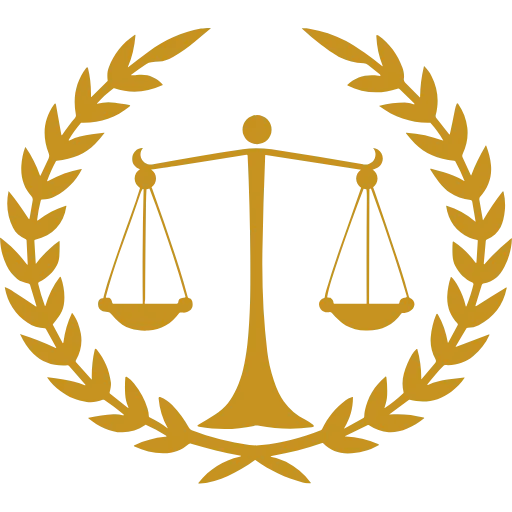What Tempe Drivers Should Do When Both Parties Are Blamed After a Wreck
Arizona’s comparative fault laws can feel like a trap — especially when you’re told you share blame for a crash that wasn’t fully your fault. In Tempe, shared liability scenarios happen often. Whether it's a crash near ASU or a chaotic intersection in Downtown Tempe, it's not uncommon for both drivers to be accused of partial fault.
If you're being held partially responsible, don’t panic — but don’t accept the accusation without question either. Understanding your rights after a Tempe car accident can help protect your settlement from being unfairly reduced.
Why You Might Be Blamed — Even If You Didn't Cause the Crash
Insurance companies look for any reason to avoid a full payout. If they can assign just 10% of the fault to you, they can reduce what they owe. In Tempe, where multi-lane intersections and sudden merges are common, it's easy for insurers to allege shared responsibility.
This happens often in cases like:
T-bone accidents where each driver claims the right-of-way
Sideswipe collisions during lane changes
Rear-end accidents with claims of “sudden braking”
In Tempe T-bone collisions, for instance, right-of-way disputes are common — but police reports and eyewitnesses don’t always tell the full story.
How Arizona’s Comparative Fault Rule Works
Arizona follows a pure comparative fault system. This means:
You can recover damages even if you're 99% at fault
Your compensation is reduced by your percentage of blame
So if you're awarded $100,000 but found 25% at fault, you’d only receive $75,000. That 25% might be based on flimsy evidence — like a vague witness statement or an assumption that you were speeding.
Insurance companies rely on these margins to shave down your claim, which is why it’s critical to challenge inaccurate fault findings.
How to Respond If You’re Blamed
Don’t admit anything at the scene. Even casual phrases like “I didn’t see you” or “I might’ve been going fast” can be twisted against you.
Gather evidence. Take photos, get witness contact info, and document road signs or vehicle positions — especially in areas like North Tempe where traffic layouts often cause confusion.
Seek a legal consultation early. An experienced Tempe accident attorney can help you dispute fault, collect supportive evidence, and build a stronger case.
In some cases, you may also benefit from surveillance footage — particularly in neighborhoods like Holdeman, where businesses and apartment complexes often have cameras near intersections.
What If the Other Driver Was Distracted or Intoxicated?
If the other driver was texting, speeding, or intoxicated, you shouldn’t have to share blame. But proving this isn’t always easy. You’ll need phone records, police reports, or sometimes expert analysis — all of which a Tempe DUI crash lawyer can help secure.
Distracted driving is another common issue in partial-fault cases. But phone use doesn’t always show up in police reports. That’s where working with a distracted driving accident attorney in Tempe can change the outcome of your case.
Injuries Make It Even More Complex
When injuries like a spinal cord injury or traumatic brain injury are involved, shared blame can drastically affect what you’re able to recover — and medical evidence becomes even more important.
In high-damage cases, insurers fight harder to assign partial fault. They know that reducing your liability by just 10% can mean tens of thousands less in your pocket. But if your legal team can prove the other driver was more reckless — say, by running a red light near Escalante — it may shift more blame their way.
You Don’t Have to Accept Their Version of the Story
The insurance company’s claim that you’re partially at fault is not the final word. You have the right to present your version — supported by facts, not assumptions.
If you're being blamed for a crash in Tempe that wasn't fully your fault, it may be time to speak with a lawyer who knows how to fight comparative fault tactics. From parking lot crashes to rideshare accidents, our team handles the full range of cases where fault is often shared — and often misassigned.
